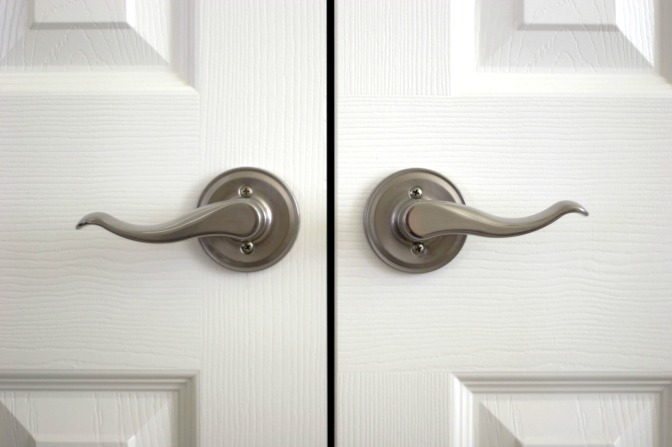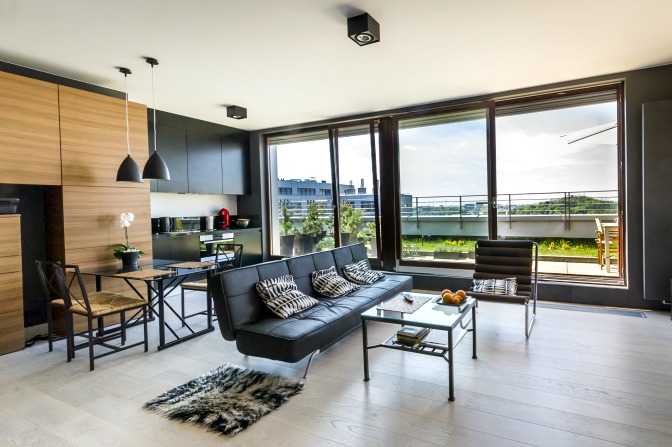For home designers, working in another person’s living space is a daily routine. But sometimes, things can get awkward. Not everyone is completely comfortable having a new guest in their home – especially when you’re changing things around!
Before you step into your client’s house, learn the top 6 rules you need to know about working in someone else’s home! Keep your manners in check and your design business will flourish.
 Not only will this make you look professional, it will also help you feel out your client’s personality. A person’s behavior when they lead can dictate how assertive or shy they are, whether they are open-minded, or if they prefer to take it slow and discuss potential changes.
Learning about your client’s character and preferences will help you once the project starts!
Not only will this make you look professional, it will also help you feel out your client’s personality. A person’s behavior when they lead can dictate how assertive or shy they are, whether they are open-minded, or if they prefer to take it slow and discuss potential changes.
Learning about your client’s character and preferences will help you once the project starts!

Ask, then touch
Before you even start with your décor plans, you need to do a walk-through and learn about your client’s space. It can be tempting to move items and furniture around to get a better perspective, but not everyone will be okay with it. Always ask your clients if you can move certain pieces or inspect them closely. Since many clients will have valuable and sentimental items around their home, you want to be sure you’re clear on this front. There’s nothing worse than putting your client on edge or making them feel uncomfortable with your work!Let them lead
Just as you would in a friend’s home, let your clients lead you through their living area. This isn’t your house, and you shouldn’t feel entitled to walking about freely as if it was – even if they hired you to decorate the place! Until you get the green light to rearrange and start designing, let your client show you around their home. Not only will this make you look professional, it will also help you feel out your client’s personality. A person’s behavior when they lead can dictate how assertive or shy they are, whether they are open-minded, or if they prefer to take it slow and discuss potential changes.
Learning about your client’s character and preferences will help you once the project starts!
Not only will this make you look professional, it will also help you feel out your client’s personality. A person’s behavior when they lead can dictate how assertive or shy they are, whether they are open-minded, or if they prefer to take it slow and discuss potential changes.
Learning about your client’s character and preferences will help you once the project starts!
Remove your shoes
When you enter someone’s home, do you keep your shoes on or take them off? This is a grey area when it comes to guest etiquette, since every client is different. Some people prefer that guests remove their shoes entirely, while others allow you to walk about with no worries. Either way, choosing the wrong action can make your client feel uncomfortable. The best way to find out what you should do? ASK. Your client will find comfort in the fact that you are asking about their preference – you’re acknowledging that it is their home and should be aligned to what they want. Of course, this is the perfect quality to have as an interior decorator!Keep your things close
The last thing your client wants is for you to leave your belongings and supplies all over their home. Of course, they might be fine with you keeping a few things there while you work – but always ask first! Since they are already dealing with big changes in their home, be mindful of what you leave behind. Additionally, try to keep your work contained to one space at a time. This is generally how the design and décor process goes in the home, but sometimes we all get a little scatterbrained! Try to stop any mess or disorganization from accumulating. After all, you’re there to make their home an easy living space.
